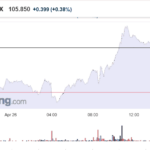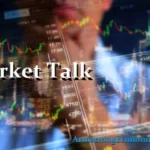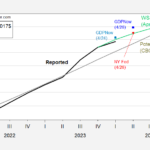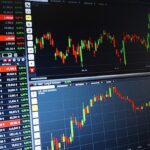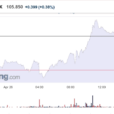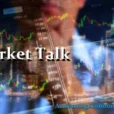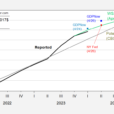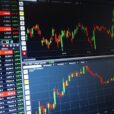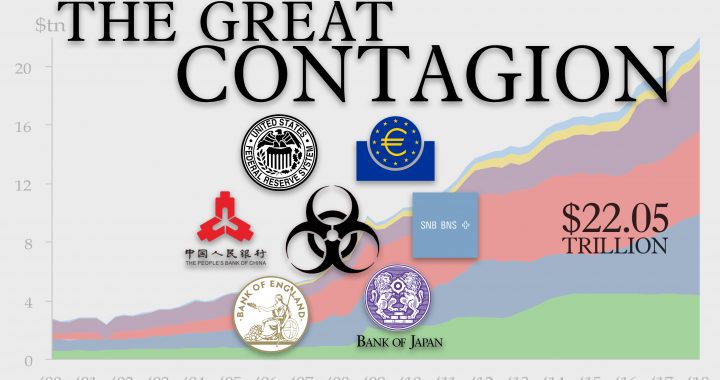
Hyperbole is such a vile term. Defined as “extravagant exaggeration,” we are nothing short of drowning in it. What little is left of journalistic integrity is sacrificed daily at the altar of hyperbole. Politicians have raised their rhetoric to such deafening volumes their speech writers are at the risk of running low on exclamation points. Even the once ensconced billionaires’ boys club members with a yen to pontificate clamor for any available turn at the podium. Along the way, grace and understatement have been condemned as signs of weakness. Go big or go home, baby! Loud and proud! (Can someone please hit mute?)
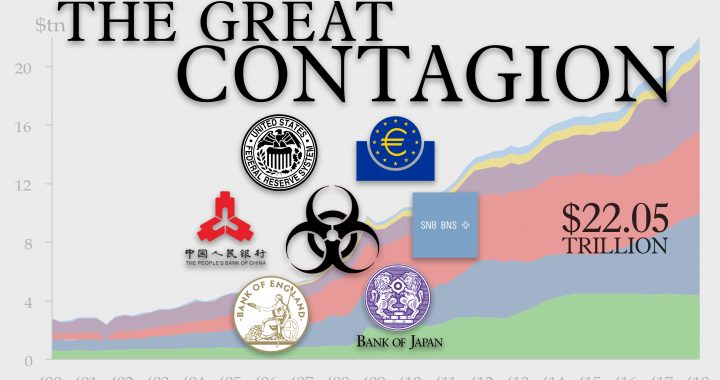
There are blessedly exceptions. Peggy Noonan personifies refinement in the written word. And then there is Bill Gates, whose dignified actions negate the need to generate noise pollution. At over $35 billion, the vast sums he has donated distinguish him as the world’s most generous philanthropist. It was thus a surprise to hear Gates’ warnings that a pandemic could wipe out 33 million people in six months. As alarming a prospect as it is, Gates was simply pointing out a severe lack of vigilance: “We need to invest in other approaches like antiviral drugs and antibody therapies that can be stockpiled or rapidly manufactured to stop the spread of pandemic diseases or treat people who have been exposed.” As unprepared as the world is, the United States in particular is vulnerable. The Bill & Melinda Gates Foundation pledged $12 million to fund a challenge to devise a universal vaccine.
Given the opportunity, it would be instructive to ask Gates his views on the global economy and financial system’s preparedness for its next outbreak of contagion. His lack of expertise in the field could even work to his advantage. Perhaps he would simply determine that money has been so conspicuous in its abundance, at such ridiculously low prices, and for so very long that this will not end well. Using credit creation leading up to the financial crisis as a yardstick, he might add that this episode will take an even greater toll than the last. No hyperbole. Pure observation. Refreshingly simple and elegant.
Looking back to the last crisis is instructive to understanding what the future holds. The Federal Reserve and other central banks extended overly accommodative monetary policy in the aftermath of the 2001 recession. Politicians, for their part, looked the other way as happy homeowners made for compliant voters. This charade did not end well as documented in the first of this three-part series. I wrote The Great Abdication after being inside the Fed for nearly a decade throughout the financial crisis and the recession that ravaged the country as no other in modern time.
As is always the case when interest rates are suppressed for far too long, nefarious behavior broke out in the credit markets. Asset price bubbles, especially in US residential real estate, formed and swelled to magnificent proportions. As we know, when distortions stunt the price discovery mechanism and obfuscate the consequences of risk-taking for protracted periods of time, bubbles burst, and outbreaks of contagion ensue.
At the outset of the last crisis, following Bear Stearns’ rapid decline, systemic risk mutated in the least expected places. It always does. For every teetering AIG and Citigroup, there was a BNP Paribas or Belgian Fortis that followed. On the brink of collapse, the financial system threatened to bring down the global economy.
As for the source of systemic risk today, wouldn’t it be nice to be able to finish that sentence definitively? Last year, Janet Yellen stated that she did not think we would see another financial crisis in our lifetimes. The banking system was infinitely stronger than it was back in 2007. That’s true but such simplicity is dangerously misleading. As has been widely reported, debt has continued to amass in the years since the worst of the crisis passed. A credit crisis that began with untenable global debt of $140 trillion was “resolved” by accumulating another $70 trillion in credit. Got it.
Aside from commercial real estate, which will present formidable challenges to the conventional banking system, most of the debt build has occurred in the capital markets, the shadow banking system and critically, on central bank balance sheets. It follows that the next source of systemic risk will originate and spread from one of these conduits. Make no mistake – the interconnectivity between these credit engines is tangible, the linkages strong and in fact, too strong. Central bankers have once again lulled themselves into a peaceful place where they believe they have beat the business cycle into submission. Call it the second coming of the Great Moderation, a subject I explored last year in the second installment in this series, The Greater Moderation.
As for where we find ourselves today, years ago, my dear friend Peter Boockvar raised the idea of a central bank being a future source of systemic risk. It was the very conviction, the blind faith, the core of confidence investors place in central banks and the deity-like academics who rule them, that was a bubble in and of itself.
“In the mid 2000s, we had an easy-money driven credit bubble where rates were too low for too long,” said Boockvar in a recent conversation. “That bubble revealed itself mostly in housing.” OK, so maybe this is a warped way of looking at things, but it was somewhat comforting that the last bubble was so identifiable. The monster in the closet had form and even substance. We just couldn’t foresee systemic risk starting in subprime and manifesting itself in Germany’s Hypo Real Estate or Iceland’s Glitnir.
But that’s the nature of systemic risk. Acute upheavals in credit markets don’t recognize national borders or financial market sovereignty.
“Today’s bubble is in central bank balance sheets and the massive monetary inflation that’s created oceans of liquidity,” warned Boockvar. Although much of the liquidity created has made its way to excess reserves, it has nevertheless spilled into just about every asset class. The biggest risk to the economy and the financial markets is thus the reversal of these balance sheet builds and the ‘normalizing’ of interest rates.”



